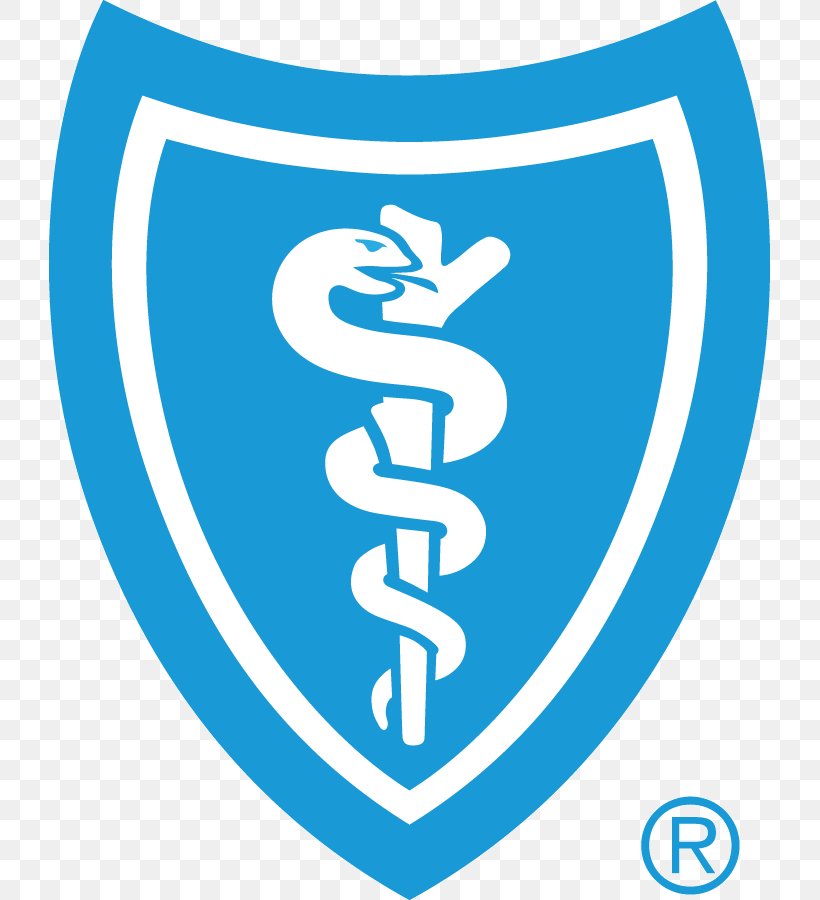Blue Cross and Blue Shield are often mentioned in the same breath, but are they really the same entity? This question has puzzled many people seeking clarity about their healthcare options. In this article, we'll delve into the details of Blue Cross and Blue Shield, their origins, structure, and how they operate. Whether you're a current policyholder or someone exploring health insurance options, this guide will provide all the information you need.
Healthcare is a critical aspect of modern life, and understanding the intricacies of insurance providers is essential. Blue Cross and Blue Shield are names that resonate with millions of Americans, but the nuances between them often remain unclear. This article aims to demystify these terms and provide actionable insights into their roles in the healthcare system.
By exploring historical data, official sources, and expert opinions, we'll address the question, "Is Blue Cross and Blue Shield the same?" and ensure you're equipped with the knowledge to make informed decisions about your health insurance needs.
Read also:Understanding The Fact Family Of Numbers A Comprehensive Guide
Table of Contents
- History of Blue Cross and Blue Shield
- Structure and Organization
- Services Offered
- Comparison of Plans
- Cost Considerations
- Eligibility Requirements
- Benefits and Coverage
- Limitations and Exclusions
- Customer Support
- Future Trends
History of Blue Cross and Blue Shield
Blue Cross and Blue Shield have a rich history that dates back to the early 20th century. The origins of these organizations can be traced to efforts aimed at providing affordable healthcare to individuals and families. Blue Cross was founded in 1929, while Blue Shield emerged in 1939, with both organizations focusing on hospital and physician coverage, respectively.
Early Beginnings
Blue Cross began as a program to offer prepaid hospital care for teachers in Dallas, Texas. The initiative quickly gained traction and expanded nationwide. Similarly, Blue Shield was established to provide affordable physician services. Over time, these two entities merged, forming a comprehensive healthcare network.
Milestones
- 1940s: Expansion of services to include more states.
- 1960s: Integration into the Medicare program.
- 1980s: Adoption of a unified brand identity.
Structure and Organization
Blue Cross and Blue Shield operate as a federation of independent organizations. Each entity functions as a separate company, governed by local boards and adhering to state regulations. Despite their autonomy, they share a common mission and adhere to standards set by the Blue Cross Blue Shield Association (BCBSA).
Independent Operations
Each Blue Cross and Blue Shield plan operates independently, allowing them to tailor services to meet the specific needs of their communities. This structure ensures flexibility and adaptability to local healthcare demands.
BCBSA's Role
The Blue Cross Blue Shield Association plays a crucial role in coordinating efforts, setting standards, and promoting brand consistency. It also facilitates collaboration among member plans to enhance service delivery and innovation.
Services Offered
Blue Cross and Blue Shield offer a wide range of healthcare services designed to cater to diverse needs. From individual and family plans to employer-sponsored coverage, their offerings are comprehensive and adaptable.
Read also:How Many Children Does Shaquille Oneal Have A Comprehensive Look Into His Family Life
Health Insurance Plans
- HMO (Health Maintenance Organization)
- PPO (Preferred Provider Organization)
- EPO (Exclusive Provider Organization)
- High-Deductible Health Plans (HDHP)
Additional Services
In addition to traditional health insurance, Blue Cross and Blue Shield provide supplementary services such as dental, vision, and wellness programs. These offerings aim to enhance overall well-being and provide holistic healthcare solutions.
Comparison of Plans
Understanding the differences between Blue Cross and Blue Shield plans is essential for making informed decisions. While both entities offer similar services, variations exist in coverage, pricing, and network providers.
Plan Variations
Some plans may emphasize broader provider networks, while others focus on cost-effectiveness. It's crucial to evaluate your healthcare needs and budget when selecting a plan.
Key Considerations
- Provider network size and accessibility.
- Premium costs and out-of-pocket expenses.
- Coverage for specific medical conditions or treatments.
Cost Considerations
Cost is a significant factor when choosing a health insurance plan. Blue Cross and Blue Shield offer various pricing models to accommodate different financial situations.
Premiums and Deductibles
Premiums vary based on plan type, location, and individual health factors. Similarly, deductibles and co-pays differ across plans, requiring careful evaluation to ensure affordability.
Financial Assistance
Many Blue Cross and Blue Shield plans offer financial assistance programs to help individuals and families manage healthcare expenses. Eligibility criteria and application processes vary by state and plan.
Eligibility Requirements
To enroll in a Blue Cross and Blue Shield plan, individuals must meet specific eligibility criteria. These requirements ensure that coverage is extended to those who need it most.
Open Enrollment Period
Most plans have designated open enrollment periods during which individuals can sign up for coverage. Special enrollment periods may also be available for qualifying life events.
Residency and Citizenship
Eligibility often depends on residency status and citizenship. Some plans may offer coverage to non-citizens under specific circumstances.
Benefits and Coverage
Blue Cross and Blue Shield plans provide extensive coverage for a variety of medical services. From preventive care to specialized treatments, these plans aim to ensure comprehensive health support.
Preventive Care
Preventive services, such as vaccinations, screenings, and wellness visits, are typically covered at no additional cost. This focus on prevention helps promote long-term health and reduces the risk of chronic conditions.
Specialized Treatments
Coverage for specialized treatments, including mental health services, maternity care, and prescription medications, varies by plan. It's important to review plan details to understand the extent of coverage for specific needs.
Limitations and Exclusions
While Blue Cross and Blue Shield plans offer robust coverage, certain limitations and exclusions apply. Understanding these restrictions is vital for avoiding unexpected costs.
Pre-existing Conditions
Under the Affordable Care Act (ACA), pre-existing conditions cannot be used to deny coverage or increase premiums. However, some plans may impose waiting periods for certain treatments.
Out-of-Network Services
Using out-of-network providers may result in higher costs or reduced coverage. It's essential to verify provider network participation before seeking care.
Customer Support
Blue Cross and Blue Shield prioritize customer satisfaction through robust support systems. From online resources to dedicated customer service teams, assistance is readily available.
Online Tools
Members can access a wealth of information through online portals, including plan details, provider directories, and claims management tools.
Customer Service
Trained representatives are available to address inquiries and resolve issues promptly. Contact options include phone, email, and live chat, ensuring convenience and accessibility.
Future Trends
The healthcare landscape is continually evolving, and Blue Cross and Blue Shield are at the forefront of innovation. Advances in technology and changes in regulations shape the future of healthcare delivery.
Telemedicine
Telemedicine has gained prominence as a convenient and cost-effective alternative to traditional in-person visits. Blue Cross and Blue Shield are integrating telehealth services into their offerings to enhance accessibility.
Personalized Medicine
Advancements in genetic research and data analytics enable personalized treatment plans tailored to individual needs. Blue Cross and Blue Shield are exploring these innovations to improve health outcomes.
Conclusion
In conclusion, the question "Is Blue Cross and Blue Shield the same?" can be answered affirmatively in terms of their shared mission and values. While operating as independent entities, these organizations collaborate to provide comprehensive healthcare solutions. Understanding their structure, services, and benefits empowers individuals to make informed decisions about their health insurance needs.
We encourage you to explore the resources available through Blue Cross and Blue Shield and take advantage of their offerings. Leave a comment below with your thoughts or questions, and don't forget to share this article with others who may find it helpful. Together, we can promote a healthier future for all.
Data Sources: Blue Cross Blue Shield Association, Centers for Medicare & Medicaid Services, American Hospital Association.



